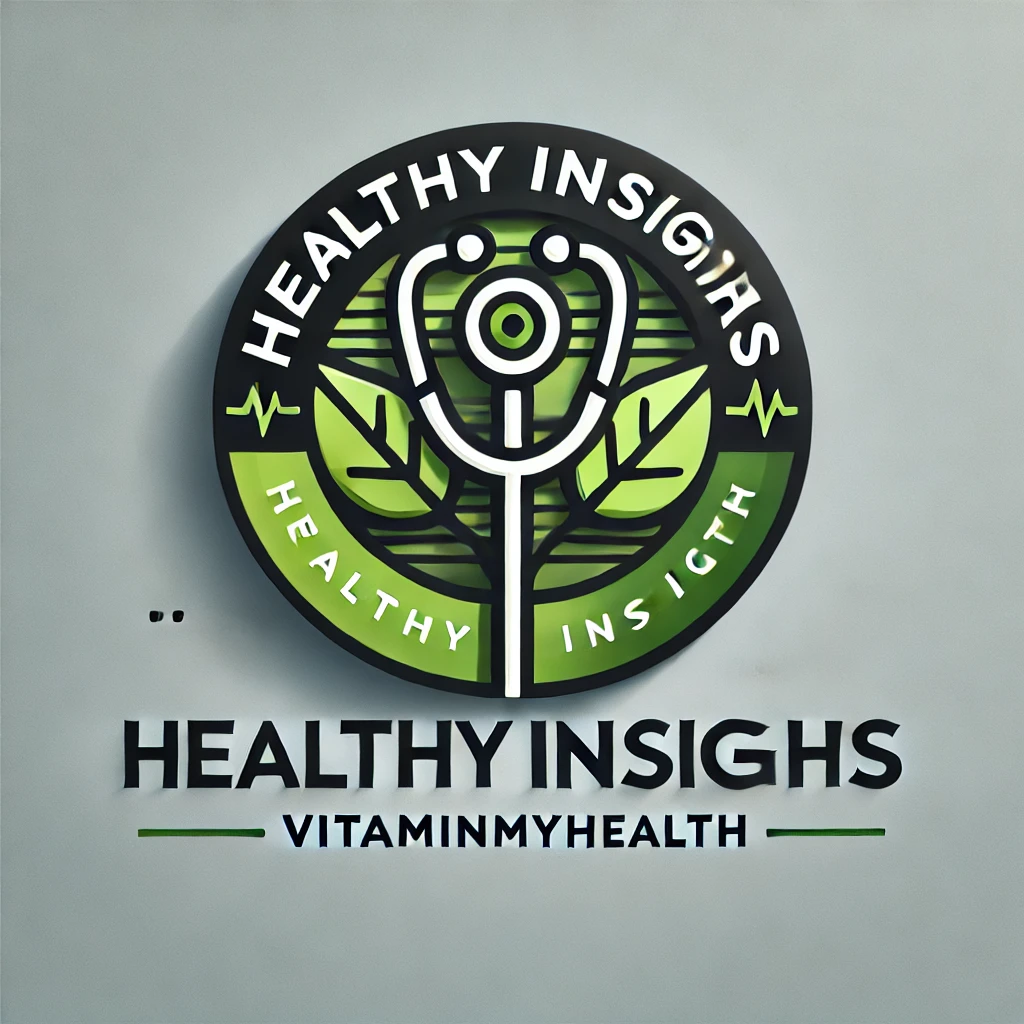What Is a Migraine? Migraine Symptoms Migraine With Air Migraine Warning Signs Migraine Causes? Detector Flashing Lights The Detector of Anxiety and Stress The Detector of Lack of Food or Sleep Detector Hormonal Changes Detector Headache Foods Detector Tyramine Caffeine Help or Interference? Tracking Personal Triggers Who Gets Migraines? Migraine Headaches in Children Diagnosing Migraine Calculating Your Headache Burden Treatment Untoward Medicines Treatment Triptans or Ditans
Migraine Headache: Symptoms, Causes & Treatment
Migraines are more than just headaches—they are a neurological condition that can cause severe pain, often on one side of the head, and may last from a few hours to several days. According to the American Migraine Foundation, more than 1 in 6 women and 1 in 20 men experience migraines in their lifetime. Unfortunately, many people are misdiagnosed with sinus or tension headaches.
Migraine Symptoms
The most common migraine symptoms include:
-
Pulsating or throbbing pain (often on one side of the head)
-
Pain near the temples, forehead, or eyes
-
Sensitivity to light and sound
-
Nausea and vomiting
-
Blurred or distorted vision
Migraine With Aura
About 20% of migraine sufferers experience an aura before the headache begins. This may last 20 minutes to an hour and include:
-
Flashing lights or zigzag patterns
-
Blind spots or blurry vision
-
Tingling sensations
This is often referred to as a “classic migraine”.
Migraine Warning Signs (Prodrome Phase)
Some people notice early signs hours before the pain starts:
-
Mood changes (irritability, hyperactivity, or depression)
-
Unusual cravings or constant yawning
-
Muscle stiffness
-
Unexplained fatigue
Tracking these signals may help prevent a full-blown migraine.
What Causes Migraines?
The exact cause is still unclear, but experts believe it involves brain chemicals, blood vessels, and the nervous system. Genetic factors may also play a role, especially if a close relative has migraines.
Common Migraine Triggers
🔆 Flashing Lights
Bright lights, reflections on water, and flickering screens can trigger attacks. Polarized sunglasses or screen filters may help.
😰 Stress & Anxiety
Stress is one of the biggest migraine triggers. Relaxation techniques like deep breathing or meditation may help reduce frequency.
🍽️ Skipping Meals or Poor Sleep
Low blood sugar or irregular sleep patterns can spark migraines. Maintaining consistent sleep and eating habits is crucial.
🩸 Hormonal Changes
Many women report migraines during their menstrual cycle due to fluctuating estrogen levels. Hormonal birth control may help some but worsen migraines in others.
🍷 Certain Foods & Drinks
Common culprits include:
-
Aged cheeses
-
Red wine
-
Chocolate
-
Soy sauce
-
Processed meats
☕ Caffeine: Help or Harm?
A small amount of caffeine can relieve migraine pain, but overuse may cause rebound headaches.
Who Gets Migraines?
Migraines are more common in people with:
-
Anxiety or depression
-
Epilepsy
-
Asthma or stroke history
-
Family history of migraines
Women are 3–5 times more likely to experience migraines than men.
Migraines in Children
Children can also suffer from migraines, often with different symptoms like:
-
Stomach pain (abdominal migraine)
-
Nausea and vomiting
-
Dizziness or fatigue
If symptoms are severe, consult a pediatric neurologist.
Migraine Diagnosis
Doctors usually diagnose migraines based on symptoms and history. In some cases, an MRI or CT scan may be recommended to rule out other conditions.
Treatment Options for Migraines
🩹 Over-the-Counter Medications
Pain relievers like:
-
Ibuprofen (Advil, Motrin)
-
Naproxen sodium (Aleve)
-
Acetaminophen (Tylenol)
⚠️ Overuse may worsen headaches.
💊 Prescription Medications
-
Triptans (Sumatriptan, Rizatriptan, Zolmitriptan)
-
Ditans (Lasmiditan)
These work best when taken at the first sign of an attack. However, not everyone is eligible, especially those with heart conditions.
Managing Migraines Naturally
-
Keep a migraine diary to track triggers
-
Practice relaxation or meditation daily
-
Stay hydrated (8+ glasses of water daily)
-
Avoid known food triggers
-
Maintain a consistent sleep schedule
For more natural health tips, check our guide on healthy lifestyle habits (internal link).
Final Thoughts
Migraines are a serious health condition that can affect daily life. Identifying triggers, adopting lifestyle changes, and working with a doctor can significantly reduce the impact. If migraines are frequent or severe, consult a neurologist for a tailored treatment plan.
👉 Learn more at the World Health Organization – Headache Disorders.
crossorigin="anonymous">
